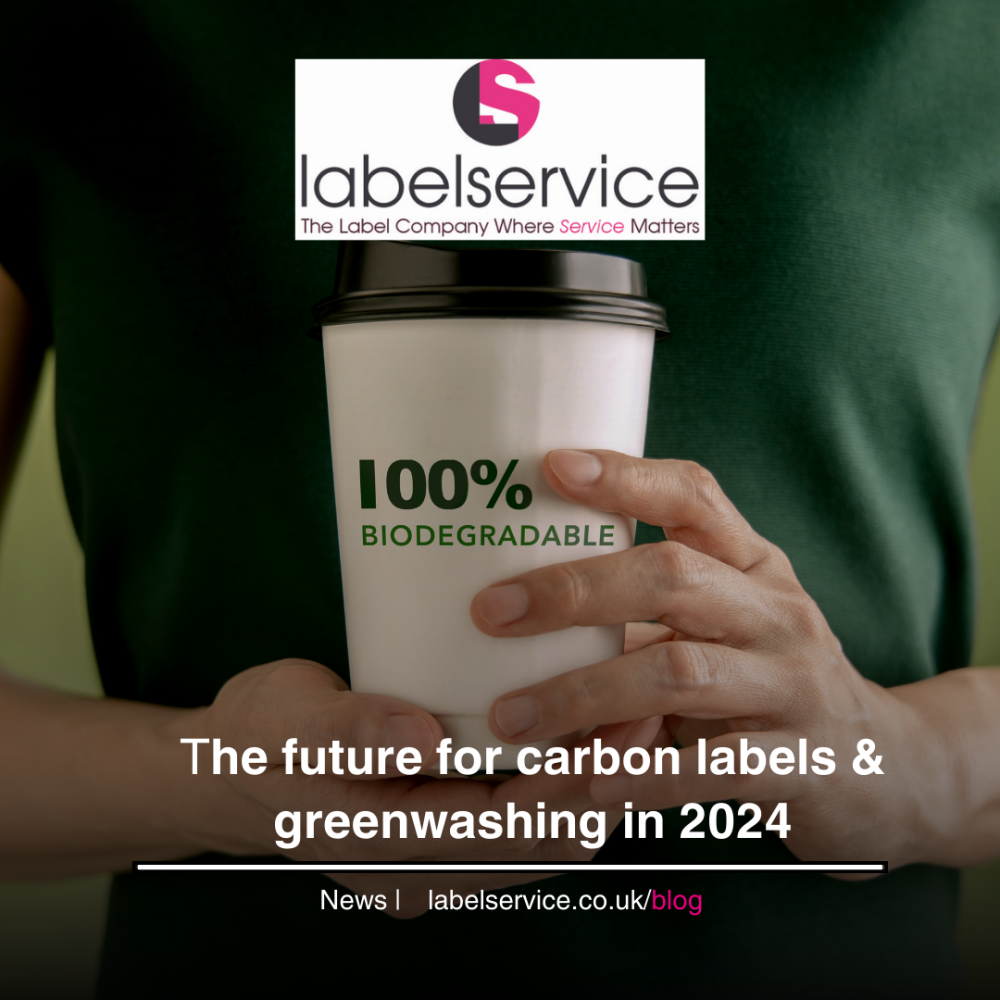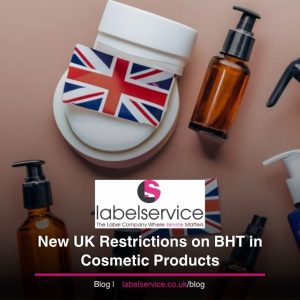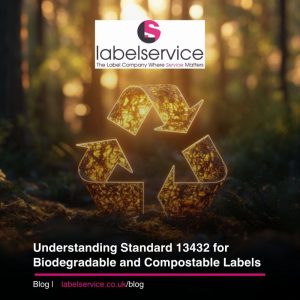Labelling and packaging – it’s the first thing a shopper sees and can often be the deciding factor in whether they purchase the product or leave it on the shelf. But the sector is facing a plethora of new challenges, bringing sustainability, provenance and transparency to the forefront of packaging and labelling considerations.
In 2024, consumers are becoming more demanding about knowing where their food comes from and the impact of its production. According to Catherine Chong, ESG expert and engagement lead at CLEAR, there is an apparent lack of system thinking on food labelling regulation. “At the moment, the socioecological data infrastructure in agrifood is yet ready to support a fully transparent impact labelling system. We need policy change to drive the necessary innovation and commitment. “But it is never too early to take consumers with us, along the journey, whether it is enacting laws to create a conducive environment for sustainability-focused labelling or envisioning the kind of SFL they want to see”.
In terms of what consumers want to see food and drink producers declaring on their labels, it appears that they are increasingly interested in environmental impact. Indeed, a new UK-wide survey commissioned by the Vegetarian Society has found that over half of all young adults agreed they would choose to eat more sustainably if carbon footprint labelling was included on food packaging. With the government committed to reducing UK greenhouse gas emissions by almost 80% by 2035, these findings suggest that carbon footprint labelling could play a key role in reducing the consumption of high-carbon foods such as beef and lamb.
It’s not just the younger generations who would be willing to choose sustainable eating habits. Over one in three adults (37%) aged 55 and over agreed that they would choose to eat more sustainably if given the information, according to the same survey. Richard McIlwain, chief executive of the Vegetarian Society, explains, “Carbon footprint labelling could be a game-changer in the fight against climate change and it is heartening to see that so many young people are eager to make sustainable choices. We are therefore calling on the government and food manufacturers to act urgently in rolling out clear carbon labelling on food packaging.”
Indeed, as Catherine argues, “The journey to understand the linkages of food production and consumption with human and planetary health is incomplete without the information on how our food is farmed, processed, and manufactured. For instance, the socioecological impacts of food consumption in the global north have transgressed planetary boundaries such as climate change, fossil resource use, freshwater ecotoxicity, and freshwater eutrophication, many times beyond the limit of the planet.”
Sian Sutherland, co-founder of A Plastic Planet, explains, “Plastic is an indestructible material that is the product of amazing engineering. However, it is a material that is overengineered and overused in the modern world. We don’t need to be wrapping our food in a material which will not decompose for hundreds, if not thousands of years.
“These facts are becoming increasingly at the forefront of the public consciousness and therefore the sector will be forced to change. We now see consumers looking to brands to take the lead on creating sustainable change and global regulators are beginning to take serious legal action against greenwashing.”
Despite consumer demand, the packaging industry was severely affected by the war in Ukraine and the subsequent cost-of-living crisis, putting sustainability concerns at risk. Indeed, as John explains, “The current economic situation has put an unbelievable strain on the finances of food and drink producers. With a steep rise in all costs, there is currently no spare money for non-essential expenditure.”
With prices rising across the board for production, John warns there is a danger that financial pressures could force a move away from sustainable packaging solutions which are often more expensive than less responsible alternatives. Coupled with the Plastic Packaging Tax (PPT) which came into force last April, charging producers who have manufactured or imported plastic packaging components which contain less than 30% recycled plastic, there are tough decisions to be made in 2023.
“Of course, a brand must look at its margin and the future of the business, but I urge business owners to look at the demand by consumers for change, the mounting evidence of plastic’s toxic impact and the impending legislation that is bound to affect a business in the sector, whether they like it or not,” argues Sian.
Despite mounting costs, however, according to John, “Customer awareness regarding the impact of packaging waste is so acute that a decision to move away from sustainable packaging solutions might affect sales more than it might save in reduced expenditure. Well-considered structural packaging design can create alternative packaging solutions that are sustainable but also more cost-effective rather than just swapping one material for another.”
Consumer Demand
Despite bold corporate moves towards achieving net zero, consumer confusion around carbon is rising. 53% of shoppers stated there are too many different messages relating to carbon footprint and carbon emissions in the report titled ‘Consumer & Carbon ‘Cutting through the Carbon Jargon’. Furthermore, 59% of consumers said they have no awareness of what their carbon footprint should even be, and 51% claim to need help in lowering their carbon footprint, as they currently face a myriad of barriers when they attempt to be more carbon friendly. As a result, 73% of shoppers think that household brands should take on the responsibility for them and that they need to be more transparent in relation to their carbon footprint.
Packaged consumer foods ranked the highest of the different food types contributing to carbon emissions at 42%. Confusion also remains around the terminology and words such as ‘sustainability’, ‘environmental’, and ‘carbon positive’ have been left undefined. Added to this is a wide variety of competing industry benchmarks on packaging.
There is substantial work to be done in terms of educating consumers around carbon. The report demonstrates a huge window of opportunity for businesses to cut through on carbon labelling to provide more clarity and reassurance as consumers will only start to understand its importance as they start to gain clarity on its impact.
With increasing pressure for food and drink companies to become more transparent across the entire value chain, the report details much-needed support from Bord Bia who have set out ‘The 6 C’s’ as guiding principles to help food and drink businesses and brands operating in the UK to communicate their carbon impact. These pointers include ‘credible proof points’, ‘clear transparent detail’, ‘comparative certification’, and ‘consistent messaging’.
Bord Bia said it is already making progress in this area via its Origin Green Programme. It is aiding food and drinks businesses on pathways to net zero which includes the development of a comprehensive carbon emissions guidance document and a webinar series to inform companies on how to effectively set Science Based Target Initiatives (SBTis).
Commenting on the findings Cian O’Mahony, insight & planning specialist at Bord Bia, said: “There is an opportunity to cut through and solve the existing communications breakdown, as Bord Bia’s research identifies the most effective methods of improving consumer understanding of carbon. These insights present clear recommendations and guidance for brands and businesses to develop an effective form of carbon communication, which is key in today’s climate.”
Scrutiny
The UK’s Competition and Markets Authority (CMA) is to scrutinise ‘green’ claims on food and drink product labels to clamp down on potential greenwashing. The competition watchdog’s probe – which will also include other FMCG products such as toiletries and cleaning products – follows a similar investigation launched last year into misleading green claims in the country’s fashion industry. A number of firms in that sector are still being investigated.
Its scrutiny of food and drink products labels will analyse environmental claims made about these items – both online and in-store – to consider whether companies are complying with UK consumer protection law. In a statement, the CMA said concerning practices could include the use of vague and broad eco-statements – for example, packaging or marketing a product as ‘sustainable’ or ‘better for the environment’ with no evidence – and misleading claims about the use of recycled or natural materials in a product and how recyclable it is.
Sarah Cardell, chief executive of the CMA, said: “Our work to-date has shown there could be greenwashing going on in this sector, and we’ll be scrutinising companies big and small to see whether their environmental claims stack up. Now is a good time for businesses to review their practices and make sure they’re operating within the law.” She added: “As more people than ever try to do their bit to help protect the environment, we’re concerned many shoppers are being misled and potentially even paying a premium for products that aren’t what they seem, especially at a time when the cost of living continues to rise.”
The CMA said that if it uncovers evidence suggesting green claims could be unfounded, it will consider taking enforcement action using its formal powers – for example, opening an investigation into specific companies. As well as sector-specific investigations, the CMA has produced the Green Claims Code – a guide to help businesses understand how to communicate their green credentials, while avoiding the risk of misleading shoppers.
New Policies
The UK has demonstrated global leadership in environmental policy by becoming the first major economy to launch a comprehensive net-zero Industrial Decarbonisation Strategy. The strategy envisions a significant curtailment of greenhouse gas emissions, especially in the industrial sector, to realign with the UK’s commitment to net-zero emissions by 2050. This ambitious undertaking introduces several key strategies, including policies and regulations, as crucial elements of this paradigm shift.
In addition to this overarching strategy, the UK government has taken decisive regulatory action to curb plastic pollution from packaging. In 2018, a ban on microbeads in personal care products, such as face and body scrubs, was enforced. These small plastic particles pose significant risks to marine life and broader ecosystems. A further regulatory measure was enacted in October 2020, restricting the supply of single-use plastic items, including straws, drink stirrers and cotton buds. The UK government is scheduled to expand this regulation in October 2023 to cover a wider array of single-use plastic items.
This action will directly tackle the shocking statistic that, in England alone, 2.7bn pieces of single-use cutlery and 721mn single-use plates are consumed each year, with a meagre 10% of these items currently recycled. The expanded regulation promises to prevent approximately 3.08 billion single use items from ending up in landfills each year.
To further address plastic pollution, the UK government is also proposing a deposit return scheme for beverage packaging. The intention behind this measure is to boost recycling rates and prevent billions of plastic bottles from entering the waste stream. Such measures, coupled with consistent recycling collections for all households and businesses in England, underscore the UK’s persistent commitment to environmental protection.
Despite the strides made in recycling, the UK still faces challenges, particularly with plastic packaging recycling. In 2021, households generated 5.4 million tonnes of paper and cardboard packaging, of which 3.8 million tonnes were recycled, representing a recycling rate of approximately 71%. However, 2.5 million tonnes of plastic packaging were generated in the same period, with a markedly lower recycling rate of 44.1%.
In an effort to address this discrepancy, a tax was introduced in 2022 targeting plastic packaging containing less than 30% recycled plastic. This tax incentivises businesses to use recycled plastic in their packaging. As a result, demand for recycled materials and higher levels of plastic waste recycling are boosted. By driving up the use of recycled plastic, this tax is projected to lead to carbon savings of nearly 200,000 tonnes for the 2022-2023 period. This is equivalent to almost half a billion miles driven in an average petrol-fuelled car.
Carbon tracking experts are urging the UK government and industry to work together to introduce one unified front-of-pack labelling system displaying the carbon footprint of a food and beverage product to consumers.

















